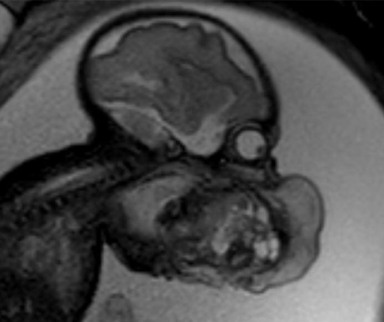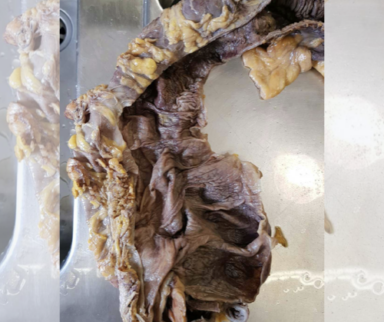
Over the past few years, there have been significant advances in both therapeutics and disease management for systemic lupus erythematosus and lupus nephritis. These advances make it the perfect time to think about autoimmune diseases differently. One way to do that is by defining lupus stages of progression.
Proposed by Dr. David Karp, chief of the Rheumatic Diseases Division at UT Southwestern Medical Center, this new concept of stages is similar to what’s currently used for type 1 diabetes. Essentially, the disease progression of lupus is broken into three different stages. “When you talk about prevention, it’s talking about moving from one stage to another,” Dr. Karp said.
His proposal starts with pre-stage 1, which he defines as a person who is healthy and shows no evidence of a dysregulated immune system.
Lupus stage 1 includes patients with evidence of immune dysregulation. “There is mounting evidence for it in the lupus world, for a more widespread dysregulation in the immune system, as measured by certain blood biomarkers in people who are destined to develop lupus,” Dr. Karp said.
Patients who enter lupus stage 2 begin to exhibit symptoms, such as a rash, joint pain, or evidence of some tissue damage, which could be discovered through common blood tests showing low white blood cell counts or low platelet counts.
Lupus stage 3, which has been defined through clinical criteria for the last 40+ years, would now include biochemical markers.
“I would hope that our field would move to a point where we can actually use objective features, including blood biomarkers and other things, that would help us define each one of these stages more accurately,” noted Dr. Karp. “Because that’s when we’re going to be able to do the research that enables us to show what kind of events or interventions will actually prevent lupus and prevent its progression.”
Disease Modification and Anti-Lupus Drugs (DMALDs)
Several successful Phase 2 and Phase 3 trials, and the recent FDA approval of new therapies, such as belimumab and voclosporin, are causing excitement in the global lupus community.
“Lupus is at this exciting juncture where we finally have newly approved therapies that are targeted in their actions and that are working together in combination,” Dr. Maria Dall’Era, director of the UCSF Lupus Clinic, said. “And so, it is time to start thinking about this concept of disease modification.”
Dr. Dall’Era was part of an expert panel that was asked to come up with a definition of disease modification by looking at three different timepoints after the start of a new therapy.
The first timepoint would be year one, where she says they would expect to see a reduction in disease activity, a reduction in severe flares, and a reduction in the use of steroids.
Years two through five would require continued reductions in disease activity, lupus flares, and glucocorticoid use.
“And then,” she added, “at years greater than five is when we can definitively state that a particular therapy is disease modifying because the gold standard is to ensure that there is not progression of damage, and that can be damage in various organ systems as measured by the slip damage index.”
The reason for breaking this into three timepoints is, according to Dr. Dall’Era, when you start a treatment, “you want some early indicators that the treatment is working in the correct way.” Data is now available that shows combinations of therapies are more effective than previous standard approaches alone.
In response to this new data, Dr. Dall’Era and the panel propose a new, alternative approach. “Instead of starting with one medication and ramping up, if people aren’t responding to it, let’s flip it around and start with multiple medications.”
Published December 11, 2023
Join the Conversation
Sign up for Figure 1 and be part of a global community of healthcare professionals gaining medical knowledge, securely sharing real patient cases, and improving outcomes.


